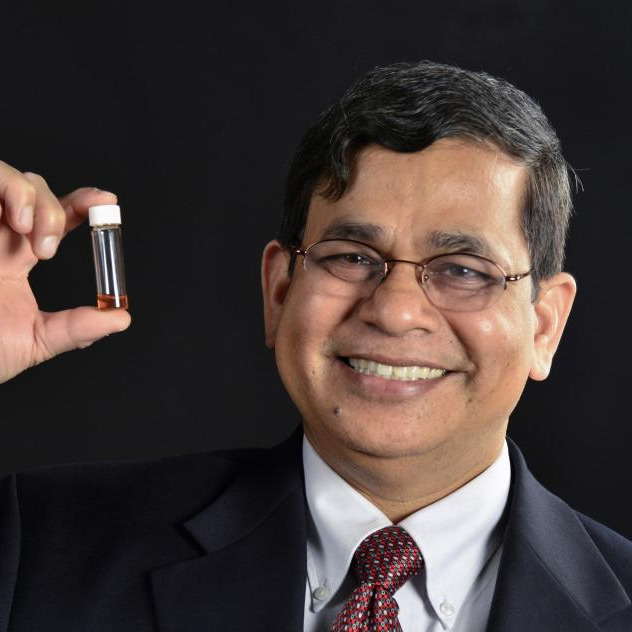Preprint
Article
A Computational Method Involving Surface Area to Volume Ratio to Estimate Inorganic Nanoparticle Efficacy
Altmetrics
Downloads
972
Views
1069
Comments
1
This version is not peer-reviewed
Submitted:
07 September 2021
Posted:
07 September 2021
You are already at the latest version
Alerts
Abstract
Inorganic nanoparticles are utilized for therapeutic, diagnostic, or in combination, theranostic purposes. The latter involves simultaneous sensing, imaging, or tracking of drug delivery. Furthermore, these nanoparticles can differ in their morphologies, which affect outcomes such as the effectiveness of hyperthermia, induction, drug loading, circulation time by escaping the body's immune system, imaging modality clarity, and biosensing. However, design of these theranostics is limited by the lack of a method to predict their therapeutic efficacy. Herein, we report a simple and novel computational approach via algebraic and geometric calculations of surface area (SA) to volume (V) ratios (SA:V) which can help predict the efficacy of the inorganic nanoparticles of the investigated morphologies. The approach comprises a coding platform for the program and uses Python 3 on a Windows 10 operating system. Analyses of 29 polyhedral morphologies that inorganic nanoparticles could assume ex silico showed that only particular concave and convex morphologies in this size regime are more productive over the standard sizes as well as a few noted in literature for baseline comparison. Our results provide a method that can aid in predicting the efficacy of inorganic nanoparticles with certain morphology giving rise to their fundamental basis and eventual implementation ex silico.
Keywords:
Subject: Chemistry and Materials Science - Nanotechnology
Copyright: This open access article is published under a Creative Commons CC BY 4.0 license, which permit the free download, distribution, and reuse, provided that the author and preprint are cited in any reuse.
MDPI Initiatives
Important Links
© 2024 MDPI (Basel, Switzerland) unless otherwise stated






